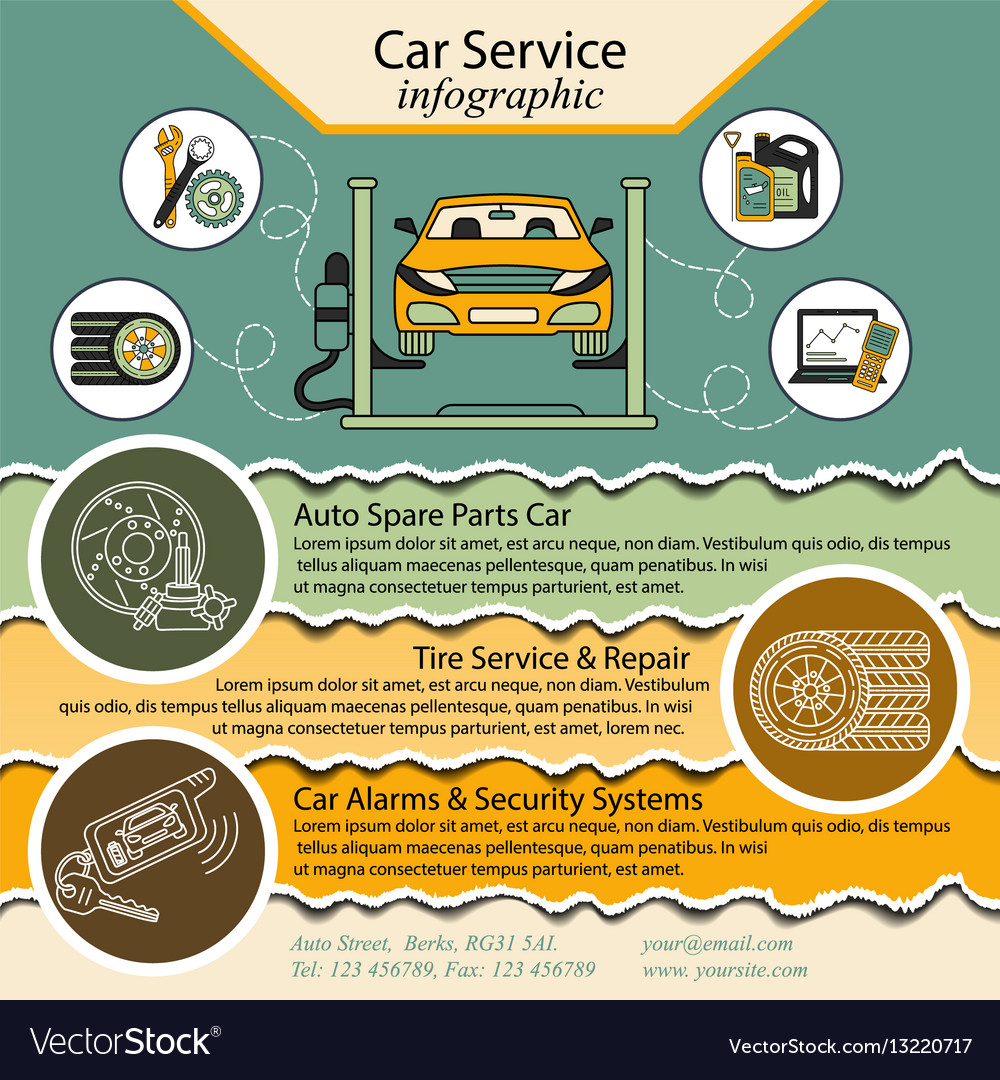Understanding The Relevance Of Your Vehicle'S Warning Signals: What They Actually Represent
Understanding The Relevance Of Your Vehicle'S Warning Signals: What They Actually Represent
Blog Article
Material By-Vinson Corbett
When you're behind the wheel, those glowing caution lights on your control panel can be a bit puzzling. Do you understand what they're attempting to inform you about your vehicle's wellness? Understanding the significance of these lights is crucial for your safety and security and the durability of your automobile. So, the following time one of those lights pops up, wouldn't you want to decipher its message properly and take the required steps to resolve it?
Common Warning Lighting and Interpretations
Identify usual warning lights in your vehicle and understand their meanings to make sure safe driving.
The most typical warning lights include the check engine light, which indicates problems with the engine or exhausts system. If this light comes on, it's vital to have your automobile examined promptly.
The oil stress cautioning light suggests low oil pressure, calling for prompt attention to stop engine damage.
A blinking battery light could suggest a faulty charging system, potentially leaving you stranded otherwise attended to.
The tire pressure tracking system (TPMS) light notifies you to reduced tire stress, impacting automobile security and gas performance. Disregarding this can result in dangerous driving problems.
The abdominal light suggests an issue with the anti-lock braking system, endangering your ability to stop swiftly in emergencies.
Last but not least, the coolant temperature level advising light warns of engine getting too hot, which can lead to severe damages otherwise fixed swiftly.
Understanding these usual warning lights will assist you attend to problems without delay and keep risk-free driving conditions.
Significance of Prompt Attention
Understanding the typical warning lights in your automobile is only the primary step; the importance of without delay attending to these cautions can not be stressed sufficient to guarantee your safety and security on the road.
When a warning light illuminates on your control panel, it's your vehicle's method of connecting a possible problem that needs interest. Neglecting these cautions can lead to a lot more severe troubles in the future, jeopardizing your safety and possibly costing you more in repairs.
Trigger focus to cautioning lights can stop malfunctions and crashes. For https://whatisecutuning40628.azzablog.com/31343445/are-you-unclear-about-just-how-automobile-outlining-can-affect-your-cars-and-truck-s-resale-value , a blinking check engine light might indicate a misfire that, if left ignored, can cause damage to the catalytic converter. Resolving this quickly can conserve you from a costly repair work.
In cardetail , a brake system cautioning light could signal low brake liquid or worn brake pads, crucial parts for your security when driving.
Do It Yourself Troubleshooting Tips
If you notice a caution light on your dashboard, there are a few DIY troubleshooting pointers you can attempt prior to seeking expert assistance.
https://www.cbsnews.com/losangeles/news/28-arrested-112-stolen-catalytic-converters-recovered-inland-empire-auto-repair-shops-recycling-businesses/ is to consult your vehicle's manual to recognize what the certain warning light suggests. In some cases the issue can be as easy as a loosened gas cap setting off the check engine light. Tightening the gas cap may settle the trouble.
One more typical issue is a low battery, which can activate numerous warning lights. Checking the battery connections for deterioration and guaranteeing they're safe could deal with the trouble.
If a warning light continues, you can try resetting it by separating the vehicle's battery for a few mins and then reconnecting it. Additionally, inspecting your car's fluid levels, such as oil, coolant, and brake fluid, can aid fix advising lights related to these systems.
Conclusion
In conclusion, comprehending your automobile's warning lights is essential for maintaining your vehicle running smoothly and securely. By quickly attending to these signals and understanding what they suggest, you can prevent pricey repairs and possible malfunctions.
Remember to consult your vehicle's handbook for specific information on each warning light and act accordingly to make certain a hassle-free driving experience.
Stay informed, remain Click Link on the road!
